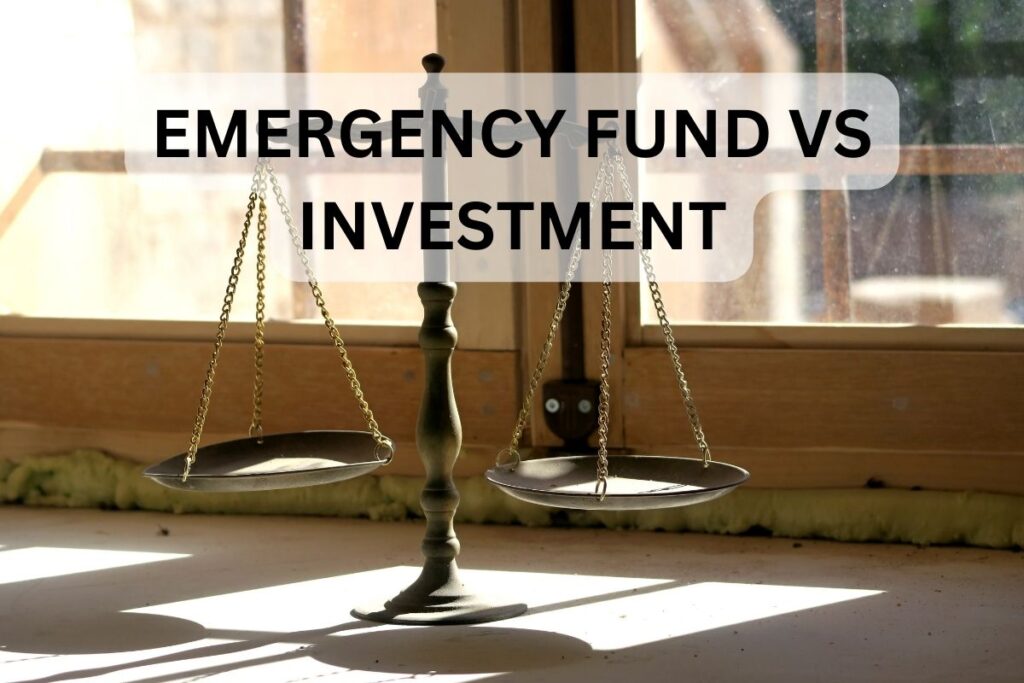
Balancing an emergency fund and investments is a crucial aspect of financial planning for Malaysians. Striking the right balance between having a financial safety net and pursuing long-term growth can be challenging, but it’s key to achieving overall financial security. Let’s explore how to navigate the decision-making process:
1. Understand the Purpose of Each:
- Emergency Fund: Designed for unexpected expenses, job loss, or medical emergencies. It should be easily accessible and kept in a liquid form, such as a savings account.
- Investments: Aimed at long-term growth, helping you build wealth over time. Investments might include stocks, bonds, mutual funds, and real estate.
2. Build a Solid Emergency Fund First:
- Prioritize establishing an emergency fund before diving into investments. Aim for at least three to six months’ worth of living expenses in your emergency fund to ensure financial security during unexpected events.
3. Consider Your Risk Tolerance:
- Assess your risk tolerance before diving into investments. Emergency funds are low-risk, while investments come with varying levels of risk. Understand your comfort level with market fluctuations and potential losses.
4. Allocate Based on Goals:
- Determine your short-term and long-term financial goals. Allocate funds to your emergency fund based on immediate needs and invest the surplus in accordance with your long-term objectives.
5. Diversify Investments:
- Spread your investments across different asset classes to reduce risk. Diversification helps protect your portfolio from the impact of a poor-performing asset.
6. Assess Job Stability:
- Consider the stability of your job and industry. If your job is relatively secure, you might feel more comfortable allocating a larger portion of your savings to investments. However, if your industry is volatile, maintaining a robust emergency fund is crucial.
7. Emergency Fund Size vs. Investment Goals:
- Adjust the size of your emergency fund based on your specific circumstances. For instance, if you have dependents, consider a larger emergency fund. Simultaneously, set realistic investment goals that align with your risk tolerance and time horizon.
8. Reassess Periodically:
- Regularly review your financial situation and reassess the allocation between your emergency fund and investments. Life circumstances, such as changes in income or family size, may necessitate adjustments.
9. Explore Low-Risk Investments:
- If you’re risk-averse, consider low-risk investment options such as government bonds or blue-chip stocks. These can provide some level of growth while preserving capital.
10. Emergency Fund as a Foundation:
- Treat your emergency fund as the foundation of your financial plan. Once it’s established, focus on building your investments to create long-term wealth.
Conclusion:
Finding the right balance between an emergency fund and investments is a personalized process that requires careful consideration of your financial goals, risk tolerance, and current life circumstances. Prioritize the creation of a robust emergency fund and then gradually channel surplus funds into well-thought-out investments. This balanced approach ensures that you’re prepared for the unexpected while also capitalizing on opportunities for long-term financial growth.